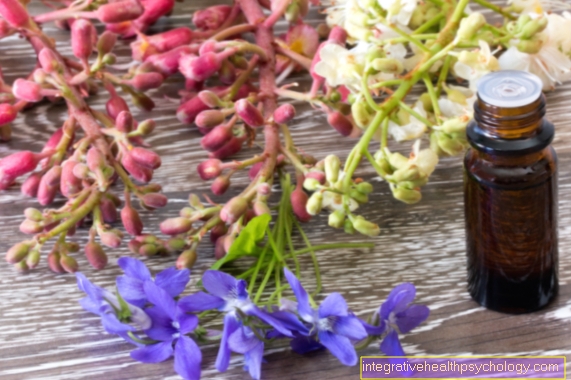birch
Latin name: Betula Pendula
Genus: Birch plants
Common names: Common birch, silver birch, spring tree
Plant description birch
Plant description:There is no need to describe the appearance of a birch. A distinction is made between silver birch and downy birch. The hanging birch is larger, the downy birch grows mainly in damp moors, forests and swamps.
Cultivation: Both are widespread in temperate Europe.
Plant parts used medicinally
Leaves, collected in midsummer.
ingredients
Flavonoids, tannins, bitter substances, saponins.
Medicinal properties and uses of birch
The drug ensures increased urine production and is often a component of bladder and kidney teas for flushing therapy in inflammatory, bacterial diseases of the bladder, accompanied by cramp-like pain in the lower abdomen. Can also be used to prevent urinary stones by increasing the amount of urine, not indicated in the case of fluid retention (edema) with restricted heart and kidney function.
Preparation of birch
2 heaped teaspoons of birch leaves are poured over ¼ l of boiling water and strained after 10 minutes. Drink three cups of tea a day, lukewarm.
Combination with other medicinal plants
The drug is not very strong and is therefore often used together with other diuretic drugs (bearberry, goldenrod, pumpkin, nasturtium, field horsetail). Birch leaves also promote sweating, are mixed with linden blossoms (ratio 1: 1) and drunk as a tea for colds sweetened with honey as hot as possible.
side effect
With the stated dosage as tea, no side effects are to be feared. After the drainage is complete, the tea must be stopped again.








-whrend-der-schwangerschaft.jpg)




















